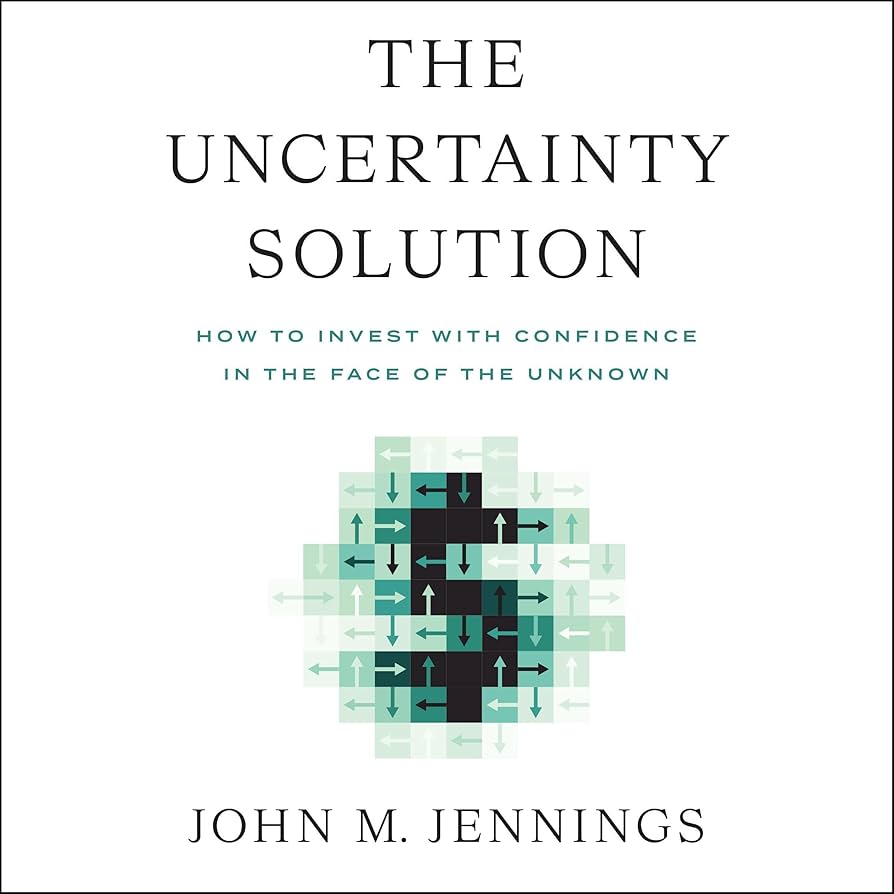The Secure Act 2.0 status is now live. And this part of the new $1.7 trillion dollar budget packs a serious punch (as it should!) when impacting your retirement savings.
In this article you’ll be exposed to some of the biggest updates. We’ve highlighted 4 core areas you’ll likely experience changes to as result of the legislation.
Get ready for some good news in regards to your required minimum distributions, catch-up contributions, employer matches, and education savings and repayments.
1) Required Minimum Distributions (RMDs)
Increased Withdrawal Age: The RMD age has now risen to 73 (was 72), and the Secure Act 2.0 has scheduled it to rise again to 75 in 2033. This is a substantial change given how compound interest works. Your nest egg can now accumulate a much larger buffer before it’s mandated to be drawn down.
Reduced RMD Penalty: The penalty for not taking an RMD has been reduced to 25% (down from 50%). This will give you a lot more breathing room in the event of emergency, or unexpected situations.
Employer Roth Exemption: Beginning in 2024, RMDs will no longer be mandated from employer-sponsored Roth retirement plans. You’re now able to experience one of the biggest perks you previously had to get through your own Roth IRA.
2) Catch-Up Contributions
Higher Amounts to IRAs: Beginning in 2024, catch-up contributions to IRAs will be indexed according to inflation (was locked at $1,000 for those age 50+). In theory, this could mean a rise in catch-up contribution limits every year to safeguard your purchasing power.
Higher Amounts to Workplace Plans: Starting in 2025, individuals ages 60 – 63 will be allowed to make a catch-up contribution up to $10,000 each year to their employer’s retirement plan. This amount will also be indexed according to inflation rates. However, those who earn $145,000+, will have to make all their catch-up contributions (starting at age 50+) to a Roth account with after-tax money.
3) Education Savings
529 Plan Conversions: Starting in 2024, a 529 account that’s been open for 15+ years can be rolled over into a Roth IRA for your plan’s beneficiary. In the past, this wasn’t an option and presented a frustrating limitation as any withdrawals made for non-educational expenses came with penalties. But soon you’ll be able to roll over up to \$35,000 from your 529 account into a Roth IRA for your loved ones.
Student Debt Repayments: Beginning in 2024, employers will be able to offset their employees’ student loan repayments with matched contributions to their retirement accounts. For example, if an employer offers a 30% match to 401(k) accounts, they could contribute a $120 match to an employee’s retirement plan when the employee makes a $400 student loan repayment.
4) Employer Matches
Roth Account Matches: Employers are now enabled to provide their employees with vested matches to their Roth retirement accounts. In the past, matches in workplace plans were made with pre-tax dollars. But now, matches can be made on an after-tax basis allowing employee retirements to grow (and eventually be withdrawn) tax-free.
Emergency Savings: Employers are now also allowed to help their employees save for emergencies. That’s because they can automatically enroll their workers into designated emergency savings accounts. These accounts hit a ceiling at $2,500 (or lower depending on your employer’s selection), and allow for 4 tax- and penalty-exempt withdrawals each year.
Depending on plan guidelines, your employer may be able to match contributions to the emergency savings account. Additionally, it should be noted that the Secure Act 2.0 now enables employees to make a one-time $1,000 withdrawal with no penalty from their retirement account for qualifying emergency expenses.
How Crafted Finance Can Help You
At Crafted Finance, we understand how nerve wracking it can be to save for retirement. There’s a whole complicated world of taxes, regulations, and investment vehicles to navigate before finding the approach that’s best for you.
Now that the Secure Act 2.0 has passed, there’s even more changes to weigh the pros and cons of when saving. But these new choices should be seen as a blessing rather than a burden to your future nest egg.
As a team we’ll help you review the spectrum of your retirement options. And as partners, we’ll put together an action plan that aligns with your values, opportunities, and long-term goals.
Please don’t hesitate to reach out to us for help. Feel free to call us directly at (650) 336-0598, or schedule a complimentary virtual appointment to get the retirement ball rolling in the right direction.













